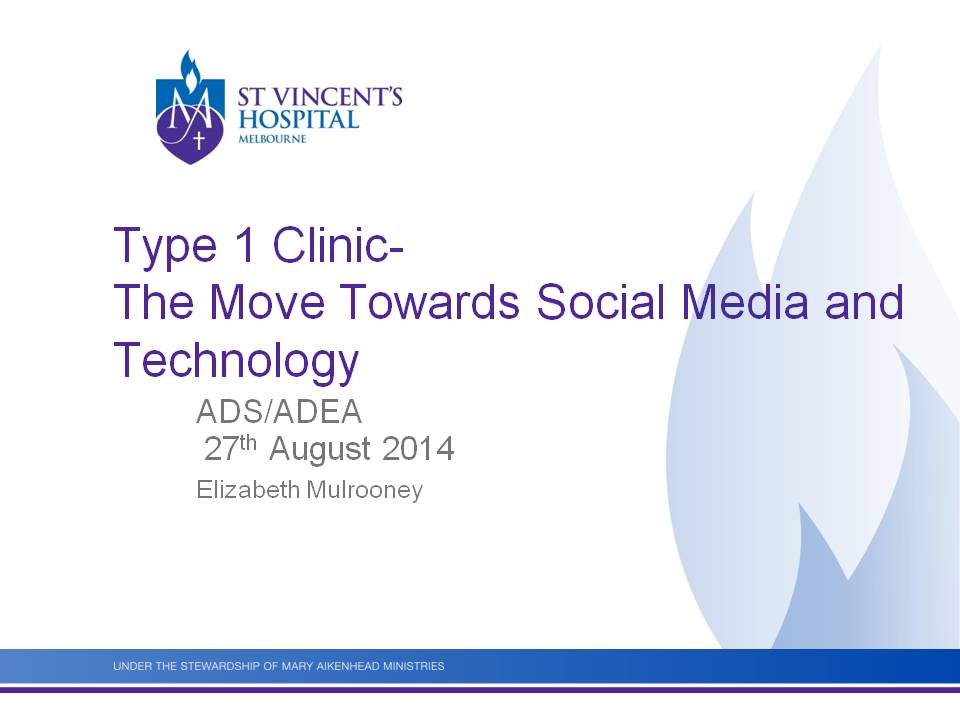Already a member? Click here to login.

Australian Diabetes Educators Association
Already a member? Click here to login.

Already a member? Click here to login.
Elizabeth O’Meara1, Charlotte Hurburgh1, Melissa Angus1, Richard MacIsaac1, Kathleen Steele1
1. St Vincents, Fitzroy, VIC, Australia

To utilise information obtained from patients attending Type 1 clinic for quality improvement recommendations in our service delivery. To ensure our health service is not limited by historical service arrangements and has the ability to innovate and implement change if required.
Elizabeth O’Meara1, Charlotte Hurburgh1, Melissa Angus1, Richard MacIsaac1, Kathleen Steele1
1. St Vincents, Fitzroy, VIC, Australia

To utilise information obtained from patients attending Type 1 clinic for quality improvement recommendations in our service delivery. To ensure our health service is not limited by historical service arrangements and has the ability to innovate and implement change if required.